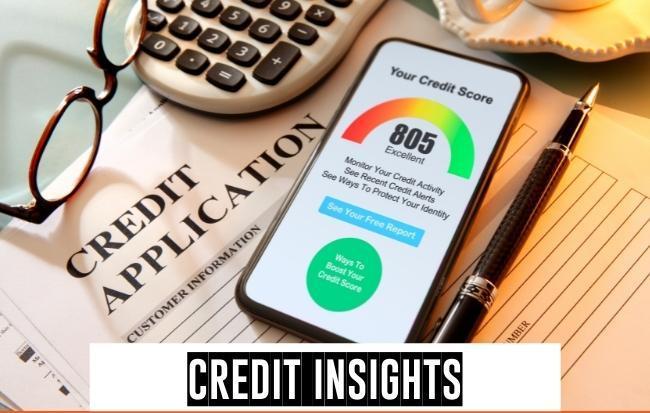Small businesses have a harder time getting money from banks than big businesses
SMEs play a big role in the economy because they provide jobs, growth, and new ideas. Despite their important role, small businesses get only a small share of credit from the financial system. This trend is the same in both developed and developing countries (ADBOECD 2014). Banks may not be willing to lend to small businesses because of information gaps, high transaction costs, the possible decrease of traditional lenders, and the inability of small business owners and entrepreneurs to pay back loans.
One of the best ways to improve the general perception of the industry and give it the boost it needs is to improve borrower identification, find more sources for information on borrowing, and make credit reporting products for small businesses.
Digital Switch and the Use of It
It has changed everything about how we do business. There was a lot less use of cash and cards because of the pandemic and because of the lockdowns. People also moved from physical stores to online stores. It’s easier for people to buy and sell things now that they can use custom solutions like QR codes, “tap to pay,” or link-based payments. This is making the whole customer-merchant experience better.
Businesses have been able to improve their money transfers and interactions with customers, even though basic internet access isn’t the best. Currently, the government is giving a lot of money to people who start businesses, make things in India, and speak out for local businesses. This is a big help to the overall health of the industry (Forbes). People have been using the Internet more and more, which has led to a rise in online business.
Streamlining the Process
Automation, as well as cloud technology, are going to play a big role in the future. Companies will be able to be more agile and set up credit risk models that don’t need humans to make them.
Also, digital lenders can help make the transactions in the industry more visible. This can keep a record of customers and their data is safe, make it easy to pay for things digitally and make it easier to identify customers, among other things. Financial inclusion, processing costs, long-term partnerships between fintech and banks, and unique lending services are all steps that need to be taken in the future to have a healthy economy.
Proper borrower identification can go a long way in easing the process of sanctioning and clearing loans. By having a system in place to properly do due diligence on the background of the borrower, lenders will be able to take a better call, and ensure that they get their money back on time, with due interest.
Credit Insights
Credit insights are another great way for lenders to understand the feasibility of lending to SMEs. By having a transparent history, or even a system in place that tracks credit insights, companies will be able to speed the process of borrowing from bigger lenders. This can also be an automated process, as SMEs update their credit details every month for the lenders to easily view and take a call on.
SMEs looking to gain funds must have a system or software in place that can create smart credit insights to use. They can use it to their advantage and help their lenders understand the benefits of investing in them through the process.
With these methods in mind, SMEs can push for more financing and accelerate the process of investment.
Conclusion
Credit availability is one of the major hindrances to the growth of SMEs. By using alternative data streamlining methods such as improving borrower identification and creating better credit insights, the credit lines for the MSME sector can be opened more easily. Thus, boosting the overall economic growth of the country.


